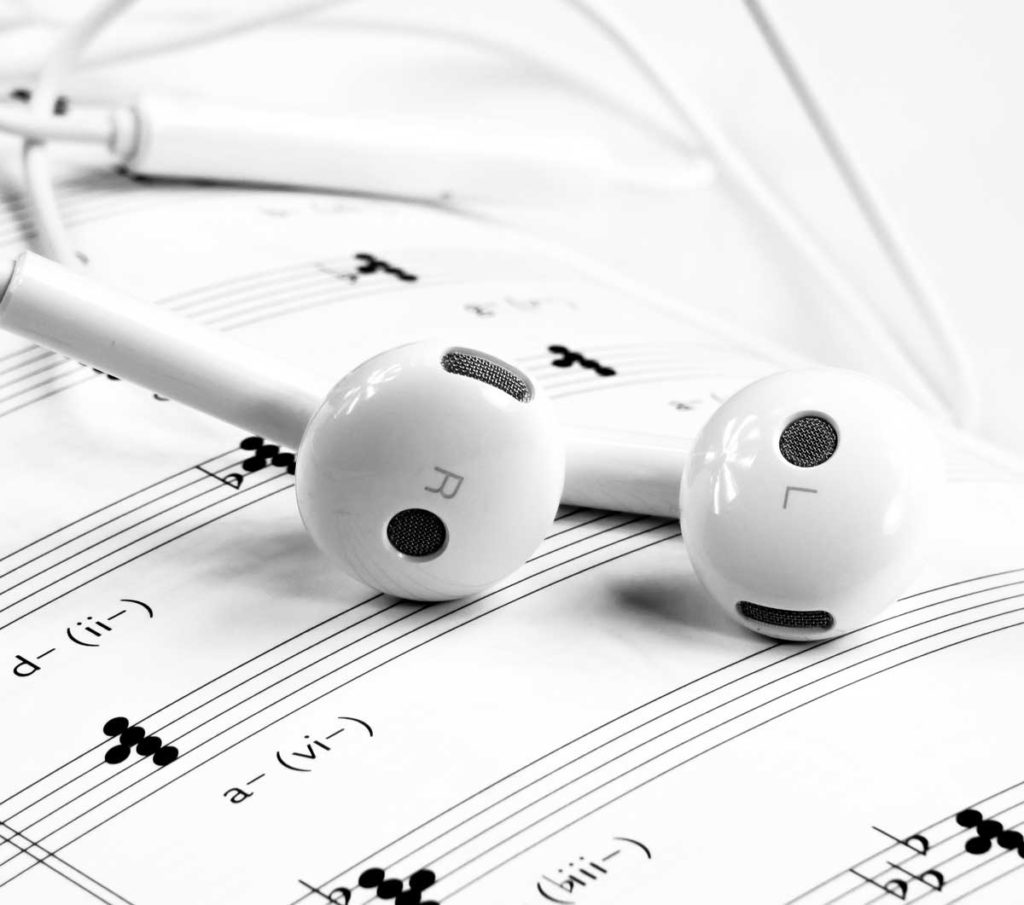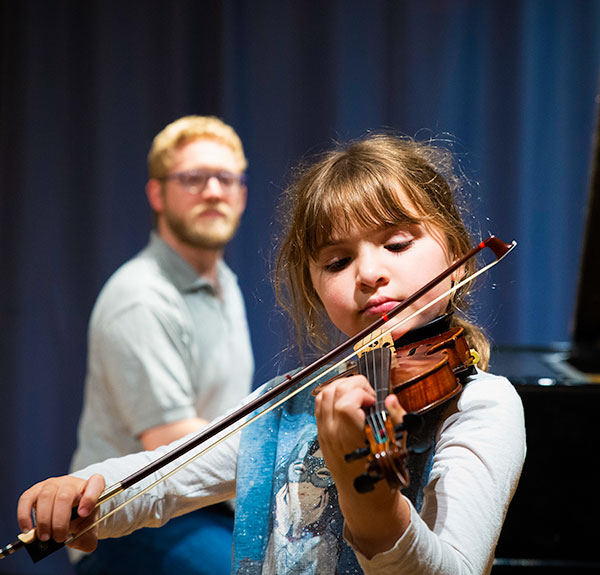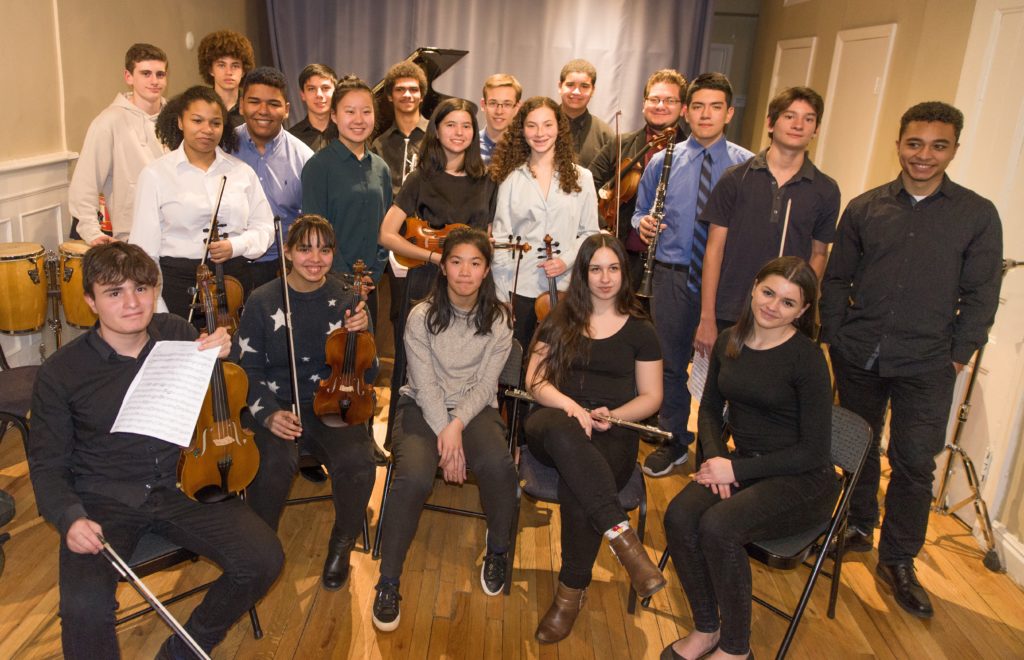Instrument Profile
How to Start Writing Music at Any Age
By Nadje Noordhuis
Writing music for the first time may seem like a very daunting task. With considerations such as melody, harmony, and rhythm, where do you start? A wonderful feature of original composition is that there is not just one way to begin to write; however there are a few methods that will help get the ball rolling. One way to begin is to use computer programs such as GarageBand or Band in a Box, but this article will focus on ways that don’t require expensive software.










